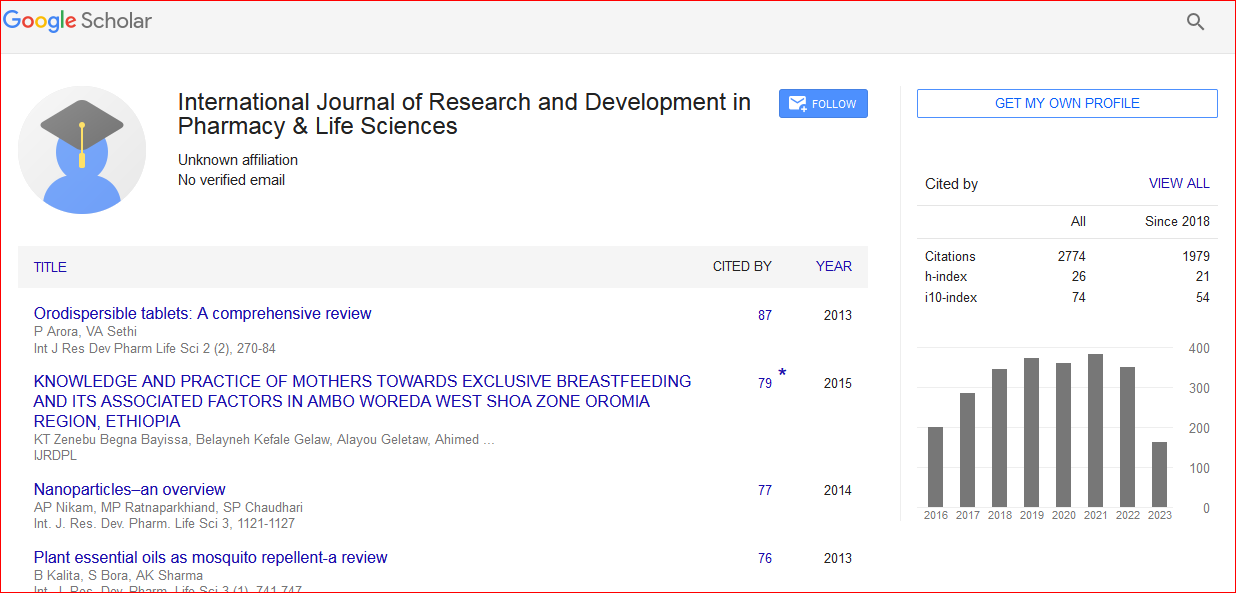Research Article
GREEN SYNTHESIS OF SILVER NANOPARTICLES FROM CATHARANTHUS ROSEUS FOR BREAST CANCER THERAPY
Abstract
Hypothesis: Green synthesis of silver nano particle is an environmentally friendly approach and it is already established that plant extract have high potential for production of silver nanoparticles with wide applications. Catharanthus roseus is one of the anti-cancerous plants belonging to the family Apocynaceae due to the presence of vinca alkaloids. The plant has certain chemical constituents which is known to have anti-bacterial and anticancer activity which acts as both capping as well as reducing agent, therefore the green-synthesised silver nanoparticles (AgNPs) from Catharanthus roseus has additive in-vitro cytotoxicity effect against human breast cancer (MCF-7) cells. Due to their nano size which might be contribute potent effect for breast cancer therapy. Experiment: The current study is designed to reveal the in-vitro cytotoxicity effect of green-synthesised silver nanoparticles (AgNPs) against human breast cancer (MCF-7) cells AgNPs are synthesised by using Catharanthus roseus leaf extract as a potent reducing agent. Characterization is done by UV-Visible Spectroscopy, XRD Analysis, TEM Analysis, and FT-IR Analysis. Cytotoxicity study is done by MTT assay in MCF-7 cell-line. Findings: The face centered cubic crystal structure crystalline and spherical silver nanoparticles of 07-33 nm in size are synthesized. The toxicity potential of the green synthesized AgNPs on human breast cancer cells has been examined using MCF-7 cell line by the3-(4,5-dimethylthiazol-2-yl)-2,5-diphenyltetrazolium bromide MTT assay. Green-synthesized AgNPs induce cytotoxicity on MCF-7 cell lines was found to be higher with increased concentration of AgNPs. Complete mortality rate was observed in 250 μg/ml concentration of AgNPs. IC50 of AgNPs was found to be 113.068 μg/ml.

 Spanish
Spanish  Chinese
Chinese  Russian
Russian  German
German  French
French  Japanese
Japanese  Portuguese
Portuguese  Hindi
Hindi 
